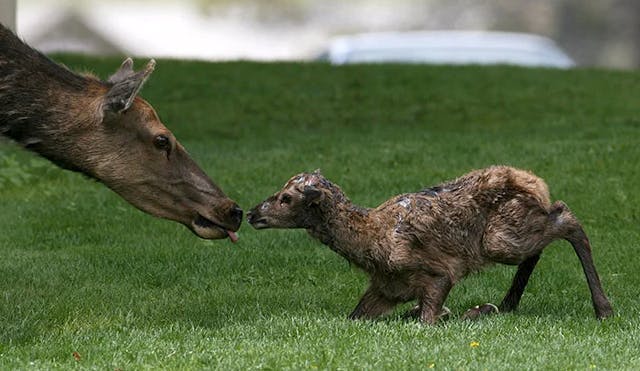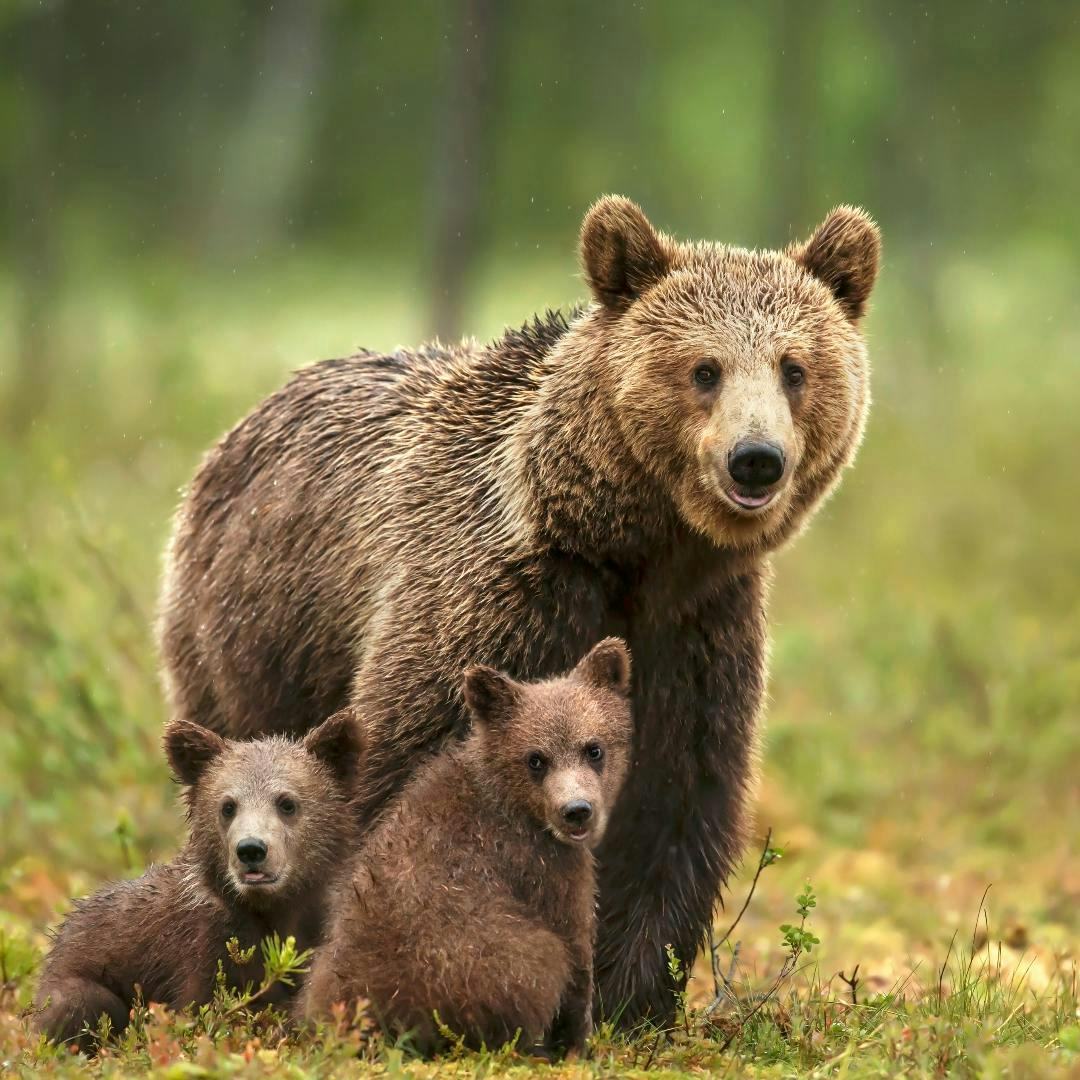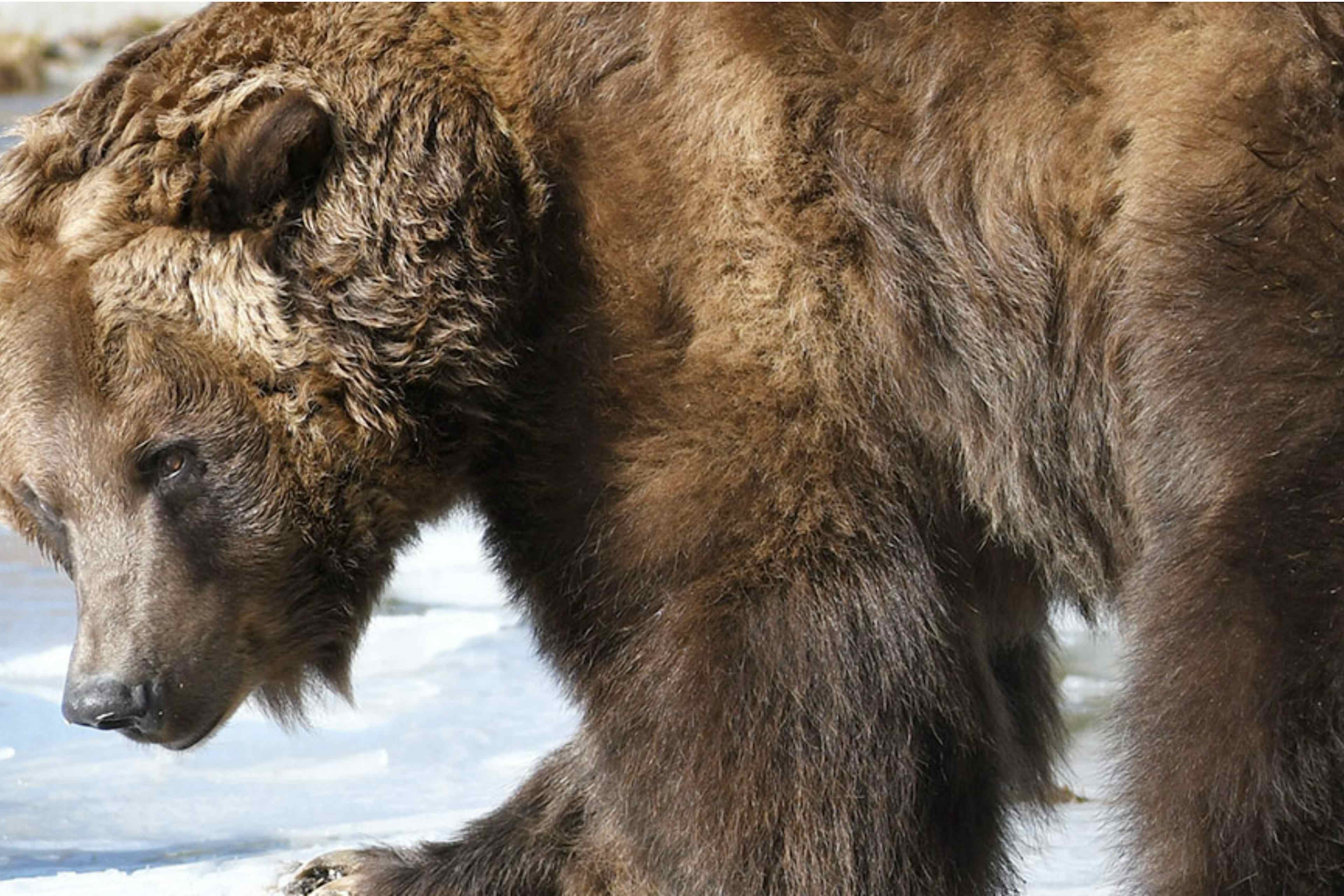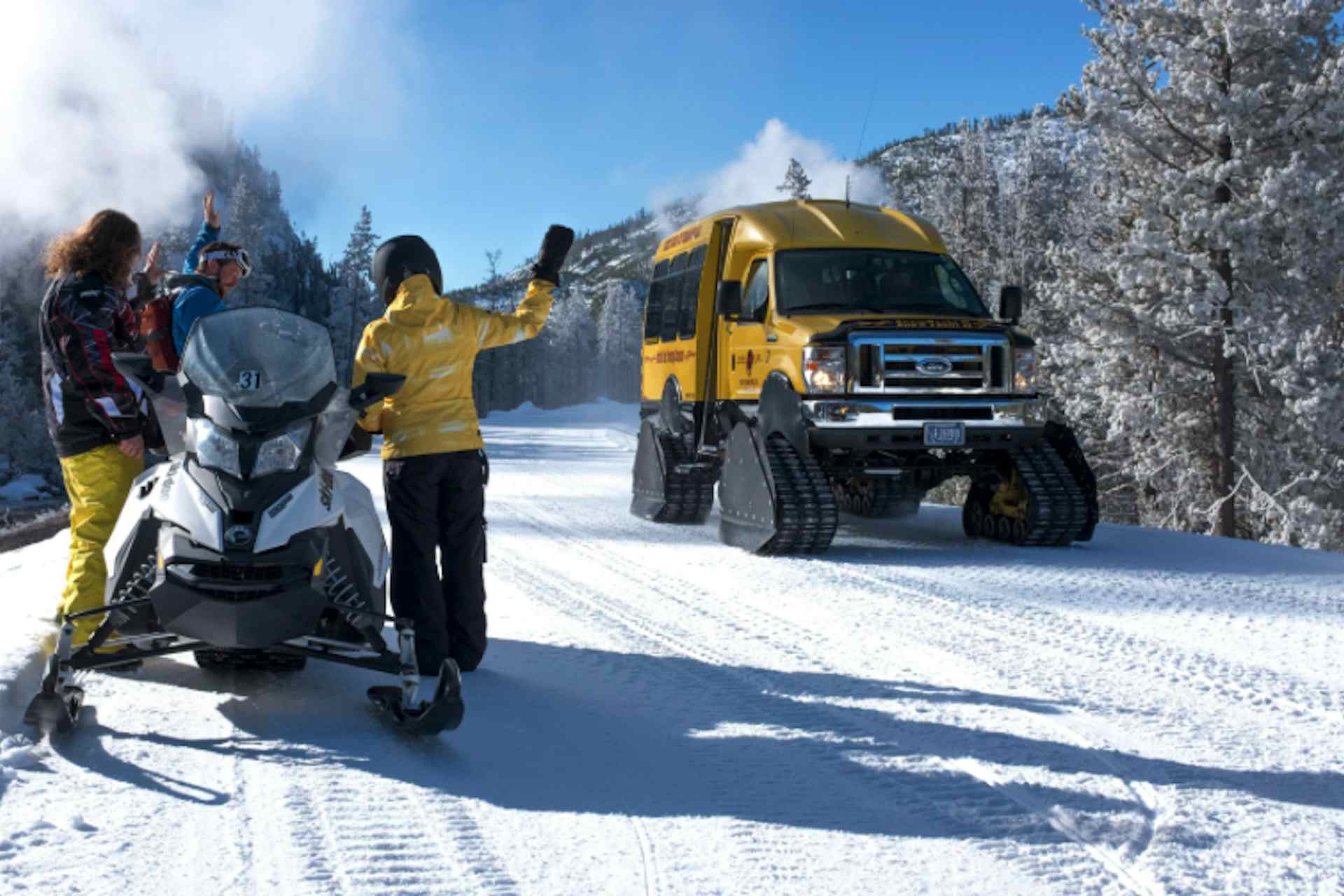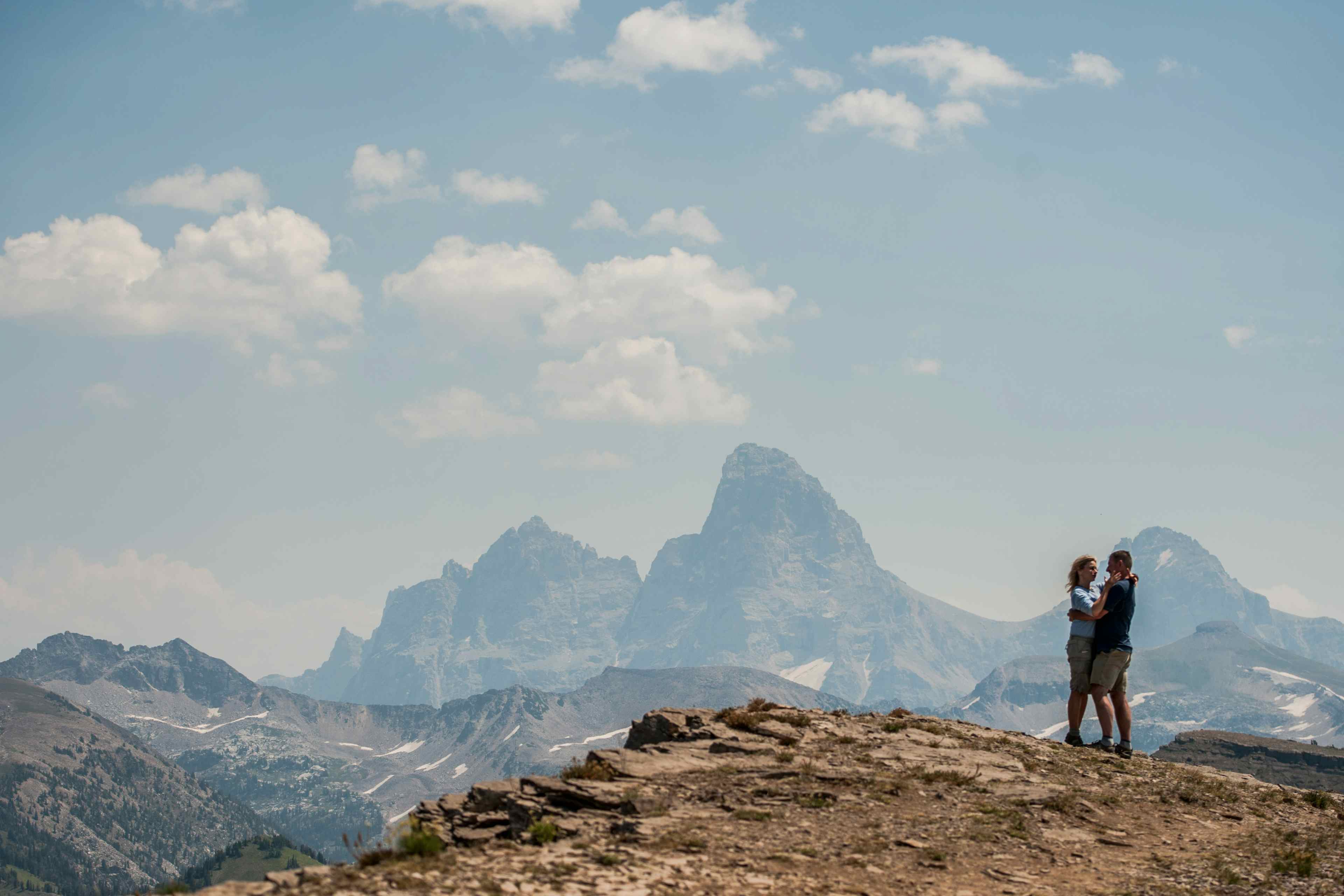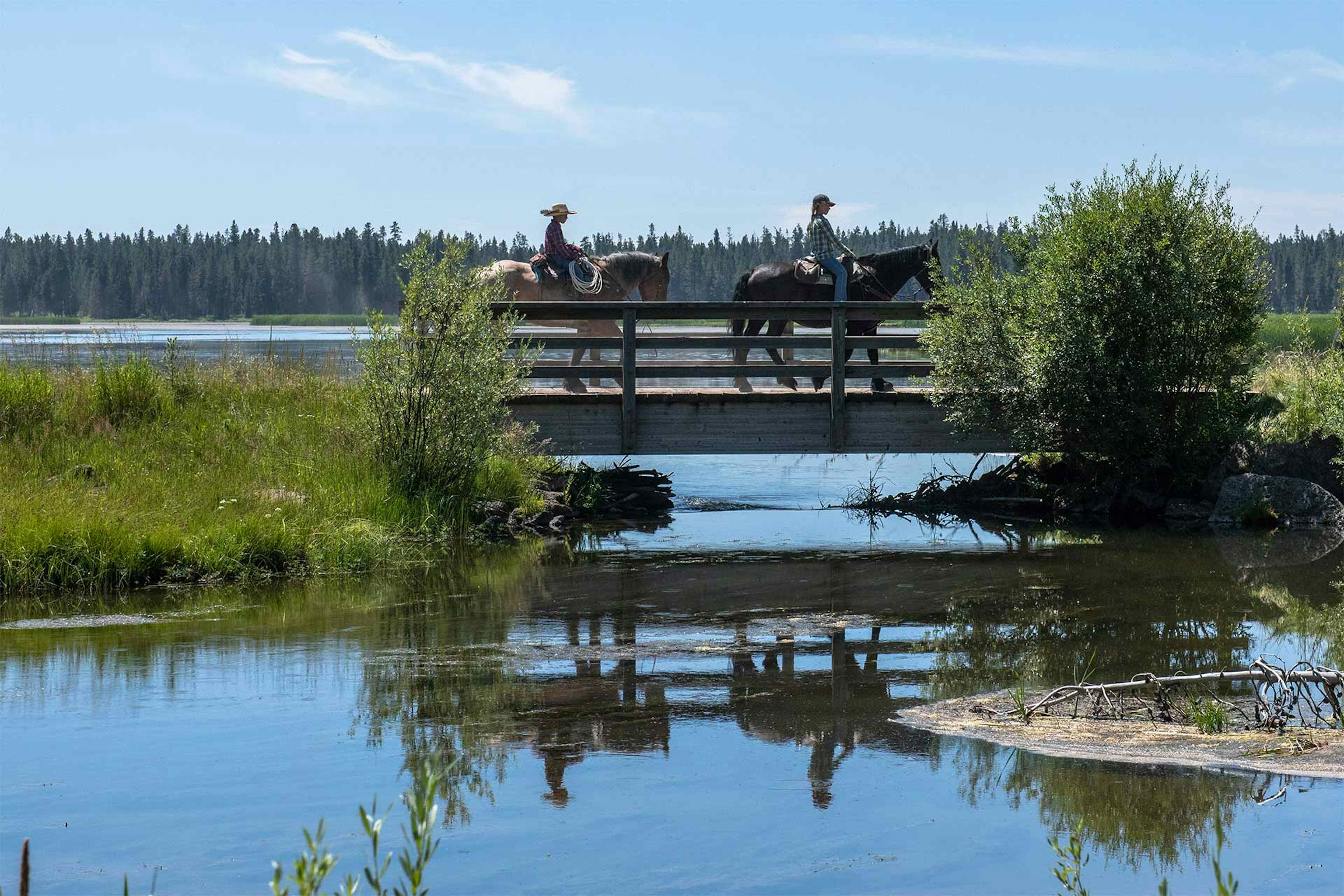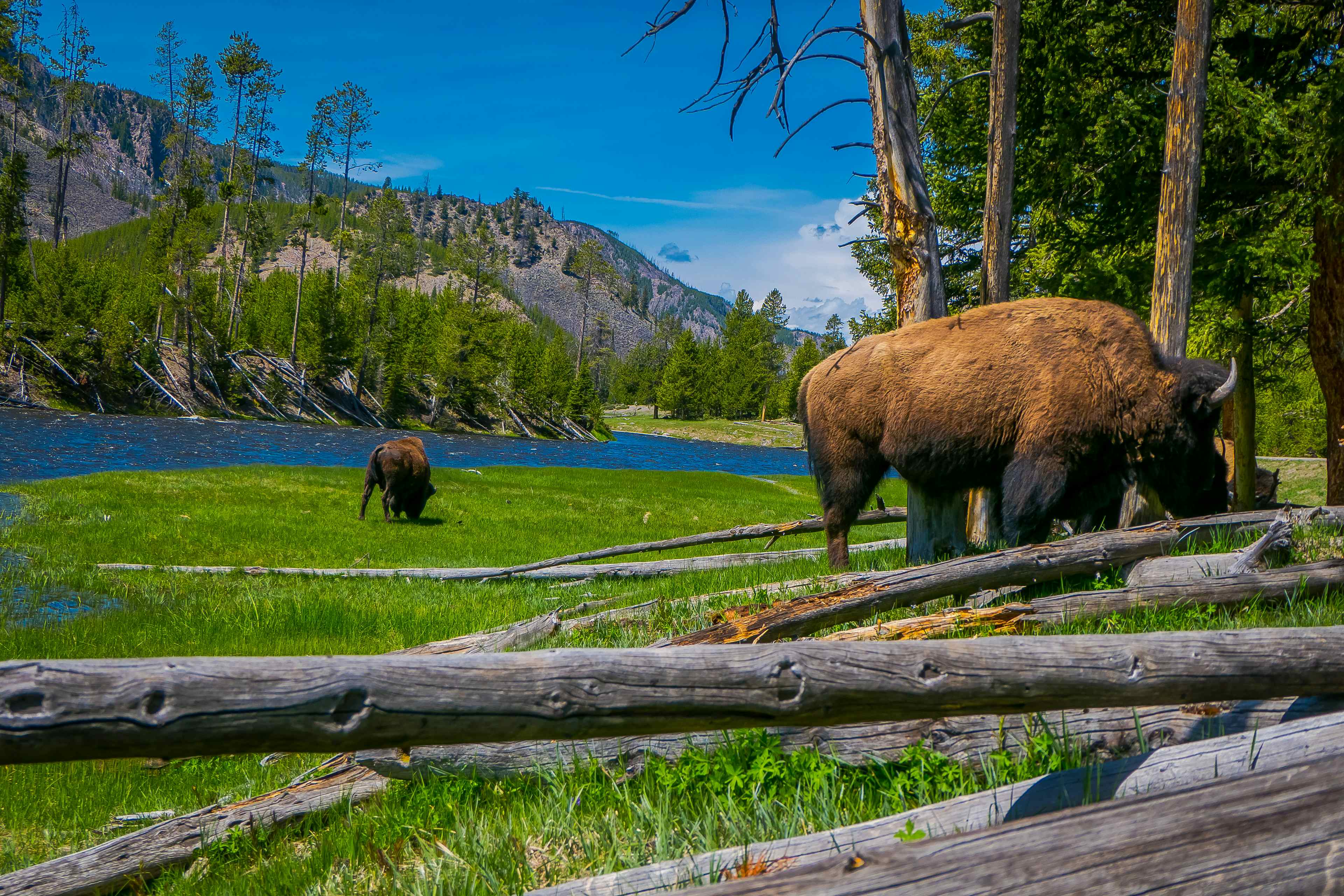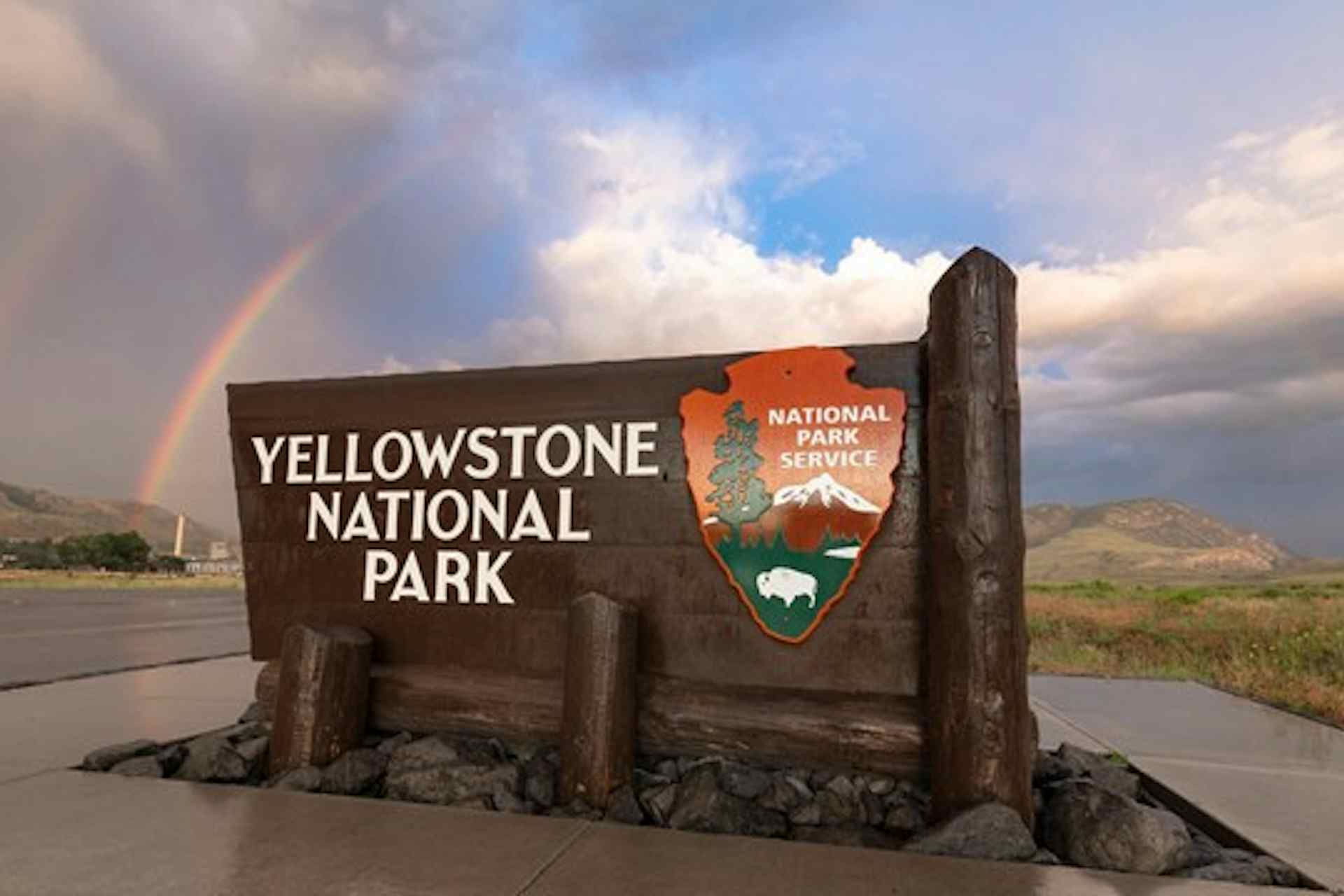Springtime in Yellowstone and Grand Teton National Parks

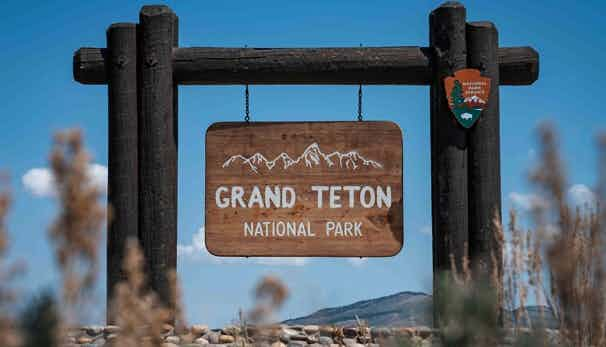
Many visitors do not plan a trip to Yellowstone Teton Territory’s national parks in Spring because of road closures and guided tours stop winter services for the season. We say, “Au contraire!”
We think April and May are fantastic months to visit Yellowstone and Grand Teton National Parks. Read on …

Springtime in
Yellowstone National Park
Springtime in
Yellowstone National Park
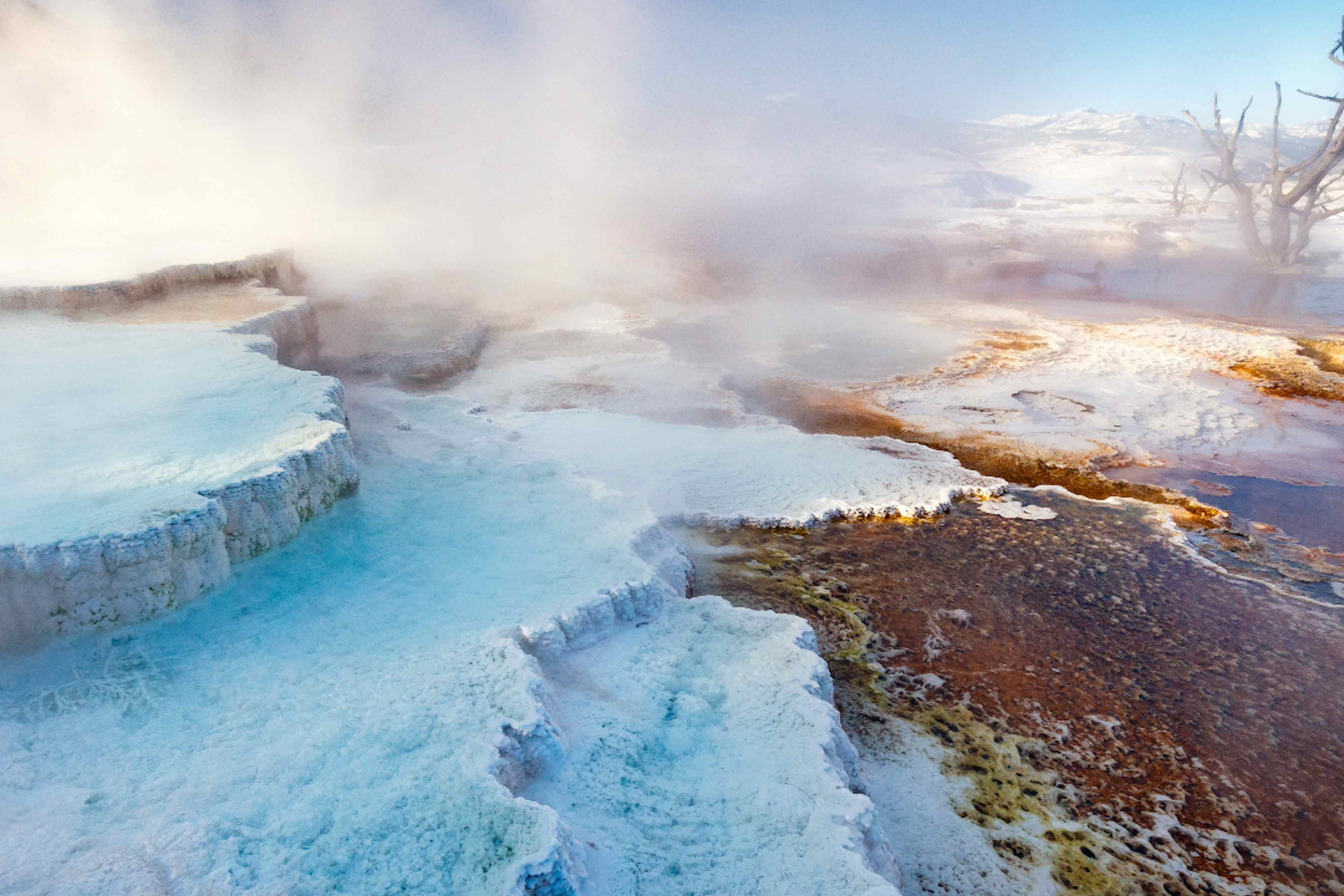
Fewer Crowds
One significant perk of visiting Yellowstone National Park in April is the absence of crowds. While mid-April sees the opening of several park roads, expanding exploration opportunities for visitors, tourists are still light on the ground. Yellowstone feels like your own personal national park. Although not all roads are open, those that are can be cruised without congestion; stop at your leisure to see wildlife becoming more active in the warming temperatures and get a prime parking spot near the geothermal features that make the park famous. Our insider tip: An amazing sight in late April is the Grand Prismatic Spring due to its increase in colorful display as the weather warms up.
Seasonal Hikes
As the park gradually reopens, hiking becomes a viable activity, with lower-elevation trails often accessible, especially in Lamar Valley . Awesome spring hikes in the Mammoth area include Beaver Pond Trail , where, as the name implies, you may see a beaver building its summer home, or Bunsen Peak Trail , which offers breathtaking panoramic views. Those heading out on foot should be extra vigilant as springtime is wildlife birthing season in the Park. Be sensitive to the fact that protective mamas are nurturing newborn cubs or calves while grouchy females are preparing to give birth.
Wild Water
Warmer days mean melting snow, and the sound of rushing water is deafening throughout Yellowstone. The heart of waterfall action lies in the Grand Canyon of Yellowstone , where the Yellowstone River showcases three impressive cascades. Leading the pack is Lower Falls , towering at 305 feet—nearly double the height of Niagara Falls. During a typical spring, a staggering 63,500 gallons of water per second rush over the edge, dwarfing the fall flow of just 5,000 gallons. Nearby, you'll find the smaller Upper Falls and Crystal Falls. If you time it right, you might witness massive ice floes thundering beneath Fishing Bridge in the park's Lake area, a spectacle fueled by the spring thaw on Yellowstone Lake.
Lodging
Springtime is the best time to lodge within the Park if you are on a budget. Lake Yellowstone Hotel and Mammoth Hot Springs Hotel are two lodges offering great discounts for all travelers in April and May, while Yellowstone National Park Lodges provides Spring packages for families, explorers, and couples.
If you want to stay outside the Park for authentic mountain town time, head to Island Park. Cozy accommodations are available at Drift Lodge & Fly Shop, Eagle Ridge Ranch , Lakeside Lodge or Sawtelle Mountain Resort. (If you do stay at one of these great lodges, we highly recommend you take a few days to explore the Island Park/Ashton area ).
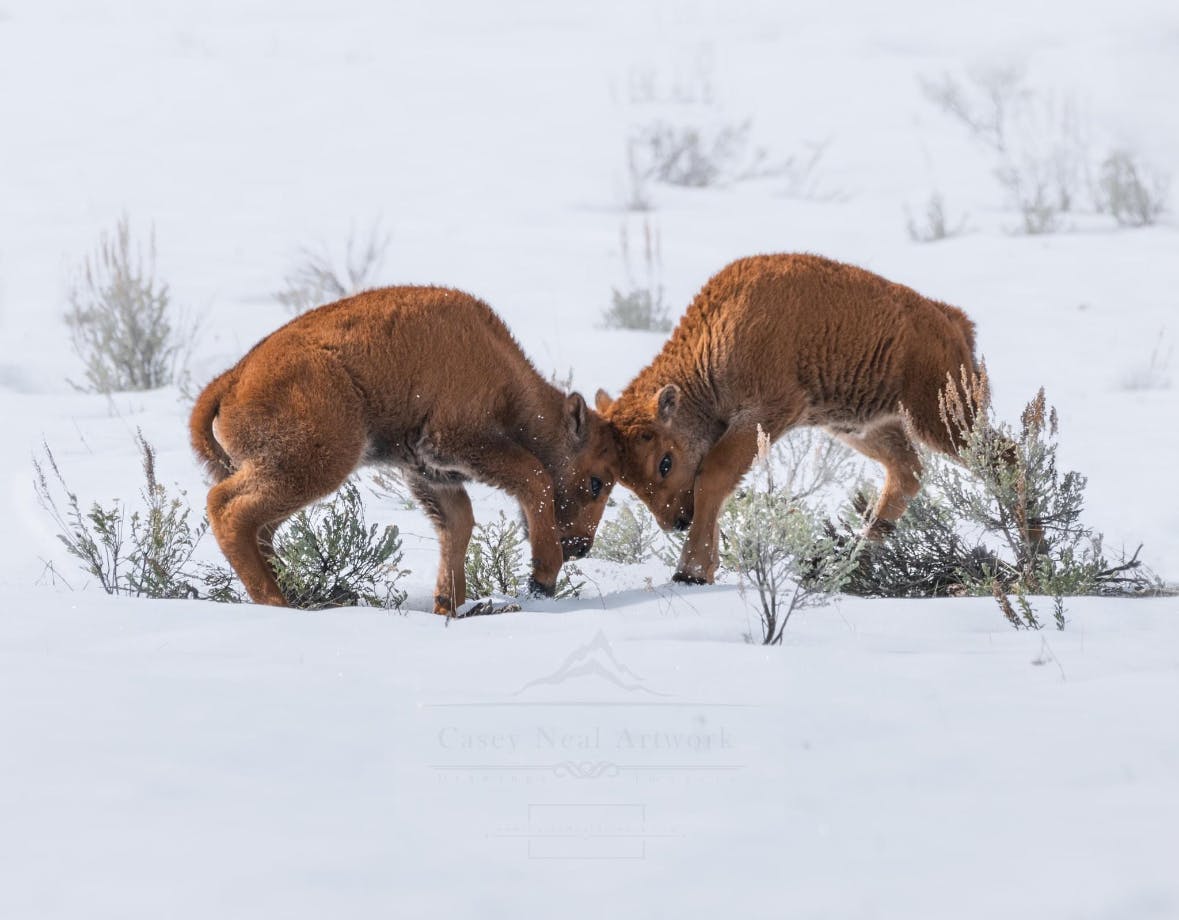
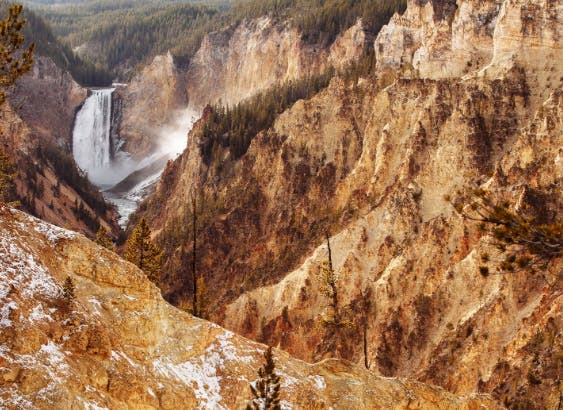
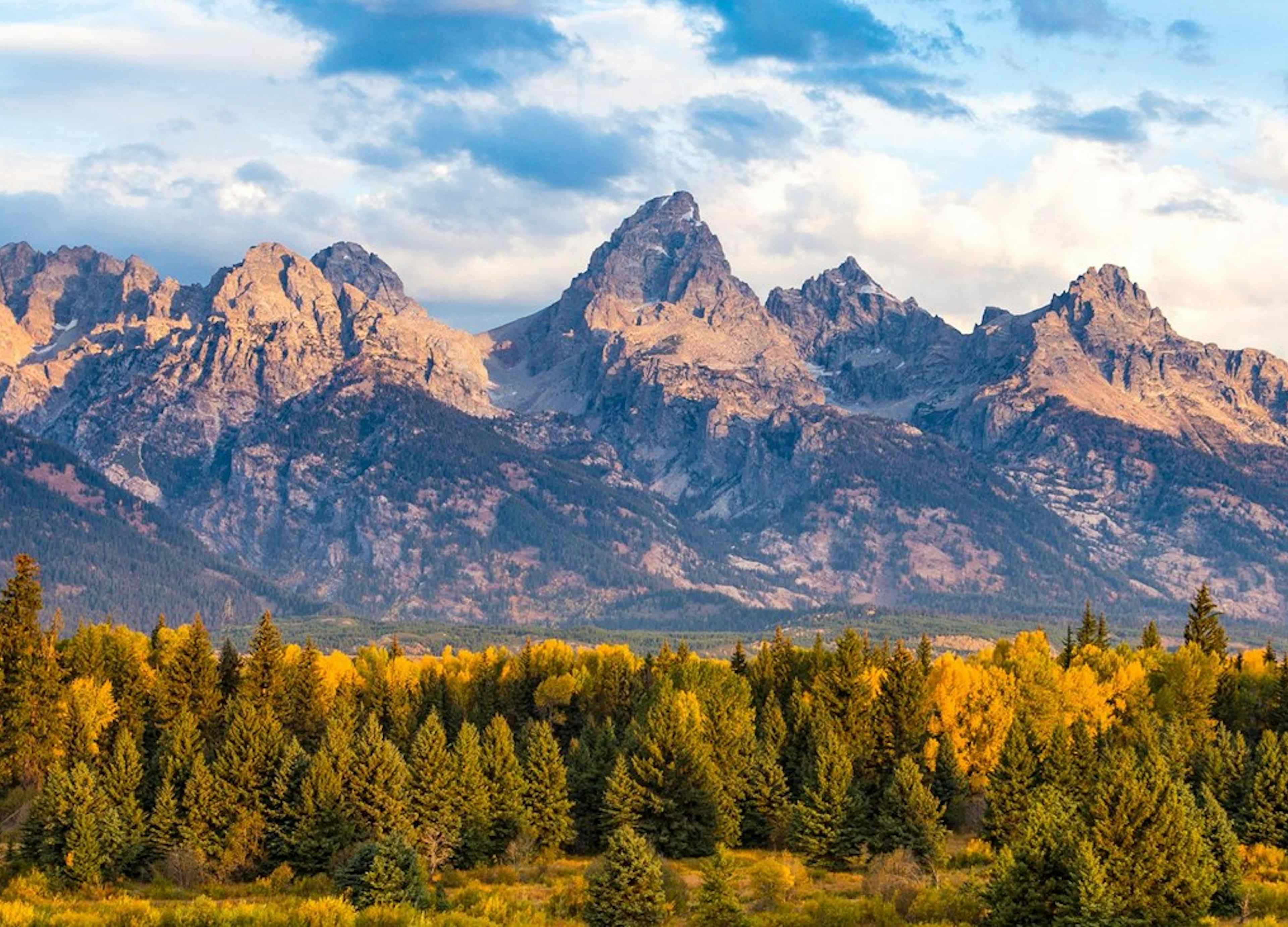
Warm up in
Grand Teton National Park
Warm up in
Grand Teton National Park
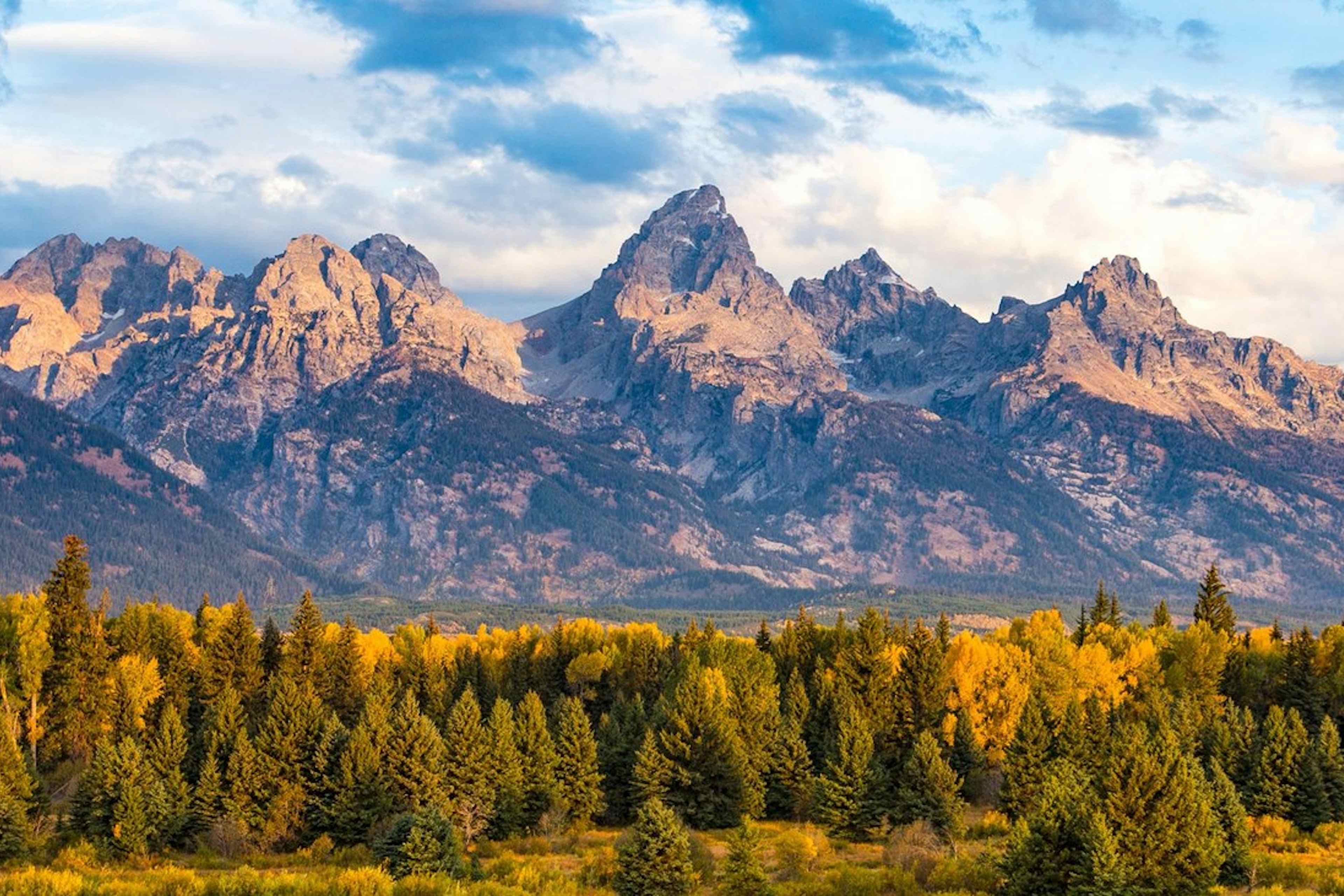
No Motors
Locals love Grand Teton National Park in springtime when tourism is at its lightest, and most roads and trails are still closed due to snow.
Late March/ early April, the Park starts allowing non-motorized transportation along a 14-mile stretch of Teton Park Road , perfect for hiking and biking until May 1st, when most roads open to cars. While trails might be muddy or snowy in April and early May, snowshoeing is an option, with popular spots like Taggart and Bradley lakes offering stunning views of the Tetons. Although some road sections may retain snow and ice, creating slick conditions, adventurers can still access Jenny Lake and String Lake. Celebrate the opening of Teton Park Road to non-motorized recreation at the Annual Grand Teton No Motor Event in late April when hundreds of bicyclists hit the road to ride the park.
Birdsongs
Grand Teton National Park is for the birds at this time of year. April and May are prime times for spotting migratory birds like mountain bluebirds, red-winged blackbirds, and red-tailed hawks. Exciting events like the Grand Teton National Park Ranger-led Grouse Strut program and World Migratory Bird Day celebrations offer unique experiences for visitors.
Pick your Path
Visitor centers adjust their hours during this season, with the Craig Thomas Discovery and Visitor Center in Moose open from April 1st to April 30th from 10 a.m. to 4 p.m., and then extending their hours as summer approaches. Stop by to learn about the ecosystems that make up this amazing park system.
To further explore the Park in spring, consider biking, hiking, or skating along the Grand Teton Pathway. Stretching 17 miles from the park's south boundary to Moose, Jenny Lake, and Antelope Flats Road, this separated pathway offers a scenic journey along the valley floor. Remember that the pathway is closed from dusk to dawn for safety and wildlife conservation, and pets are not permitted.
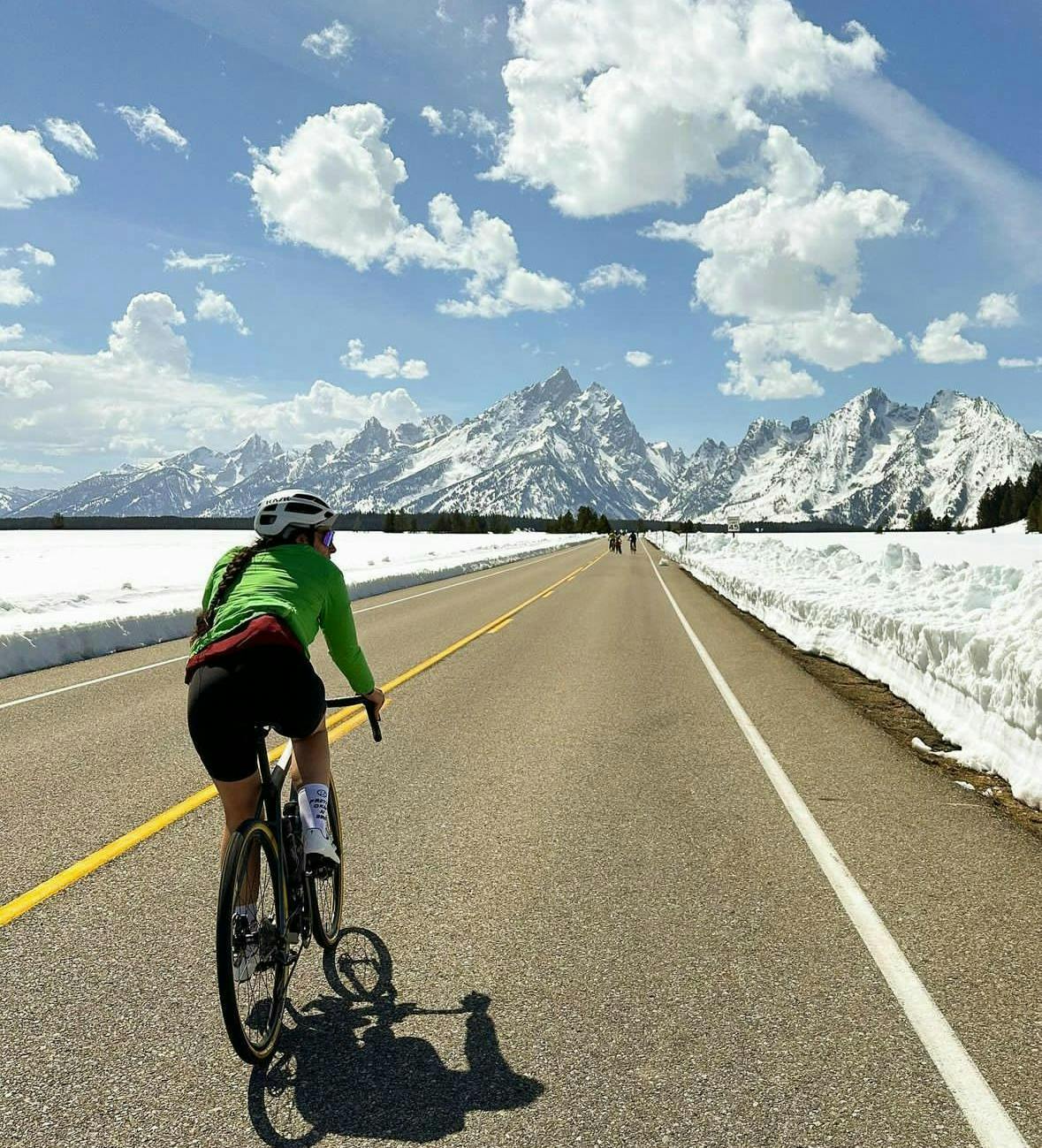
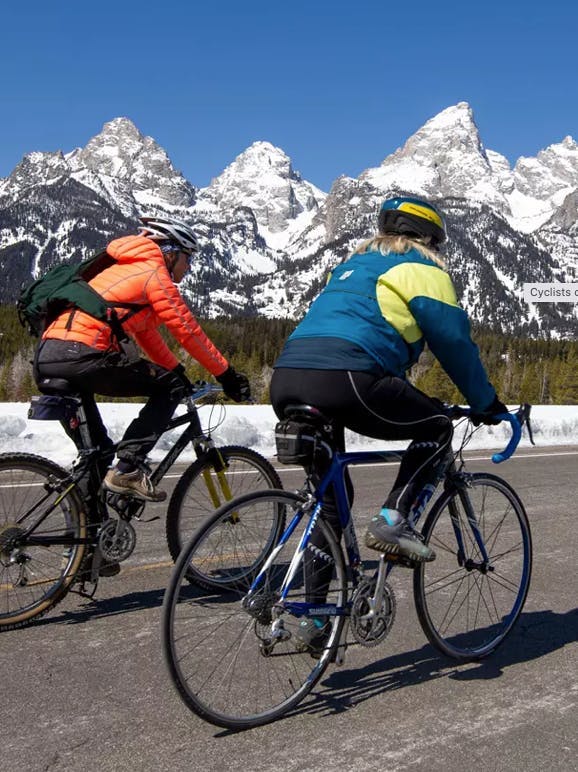
The Best in Both Parks
Awakening of the Giant: The Mighty Grizzly Bear
While all wildlife sightings in Yellowstone and Grand Teton National Parks are exciting, the grizzly bear steals the spotlight for most visitors. As winter fades, male grizzlies emerge from hibernation in March, followed by females with cubs in April and May. These giants leave their dens in search of food, often leading them to elk and bison carcasses left by winter. Male bears are “hangry” at this time of year, whereas the sows are super protective of their new babies, so BE BEAR AWARE and always keep a safe distance. Despite the risks, observing these powerful animals in their natural habitat remains a thrilling and unforgettable experience for all Park-goers.
Oh Baby!
April and May are the Parks’ most adorable months! It’s birthing season, and newborn calves and cubs are prolific. Known as “red dogs” for their brighter reddish coats, bison calves hit the ground running - literally! A bison calf has no trouble keeping up with the herd within two or three hours after birth.
Photography opportunities abound for those wanting to capture the park's newest babies, and it is always fun to see elk, deer, and bison calves enjoying their first grass shoots on the plains. However, there is nothing quite so cute as wolf and bear cubs ambling after their mothers. While the cubs look approachable and may even come close when checking you out, we don’t advise going in for a cuddle. Mama is always close by!
Layer Up!
Warmer sunny days quickly turn cold when the sun sets, and snowfall is still common in springtime. The key to dressing for Yellowstone and Grand Teton Park is layers - layers - layers! Socks, boots, coats, hoodies, baselayers, jackets, hats, gloves and scarves. You never know what you will get weather-wise in April and May. One day, you can be in short sleeves enjoying mid-60 temps, and the next day, you will bundle up in a few inches of overnight snowfall. It’s all part of the adventure!
